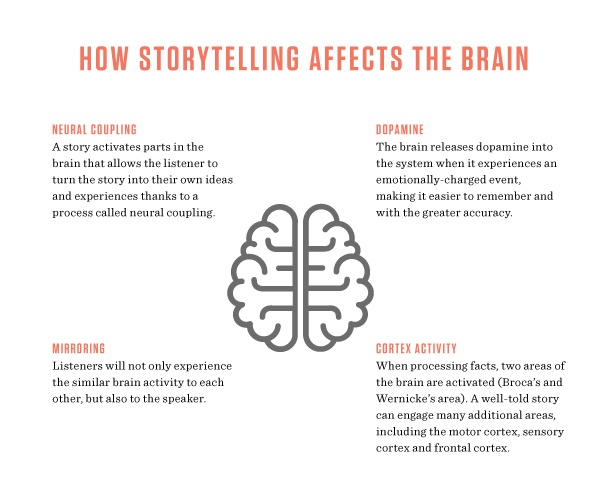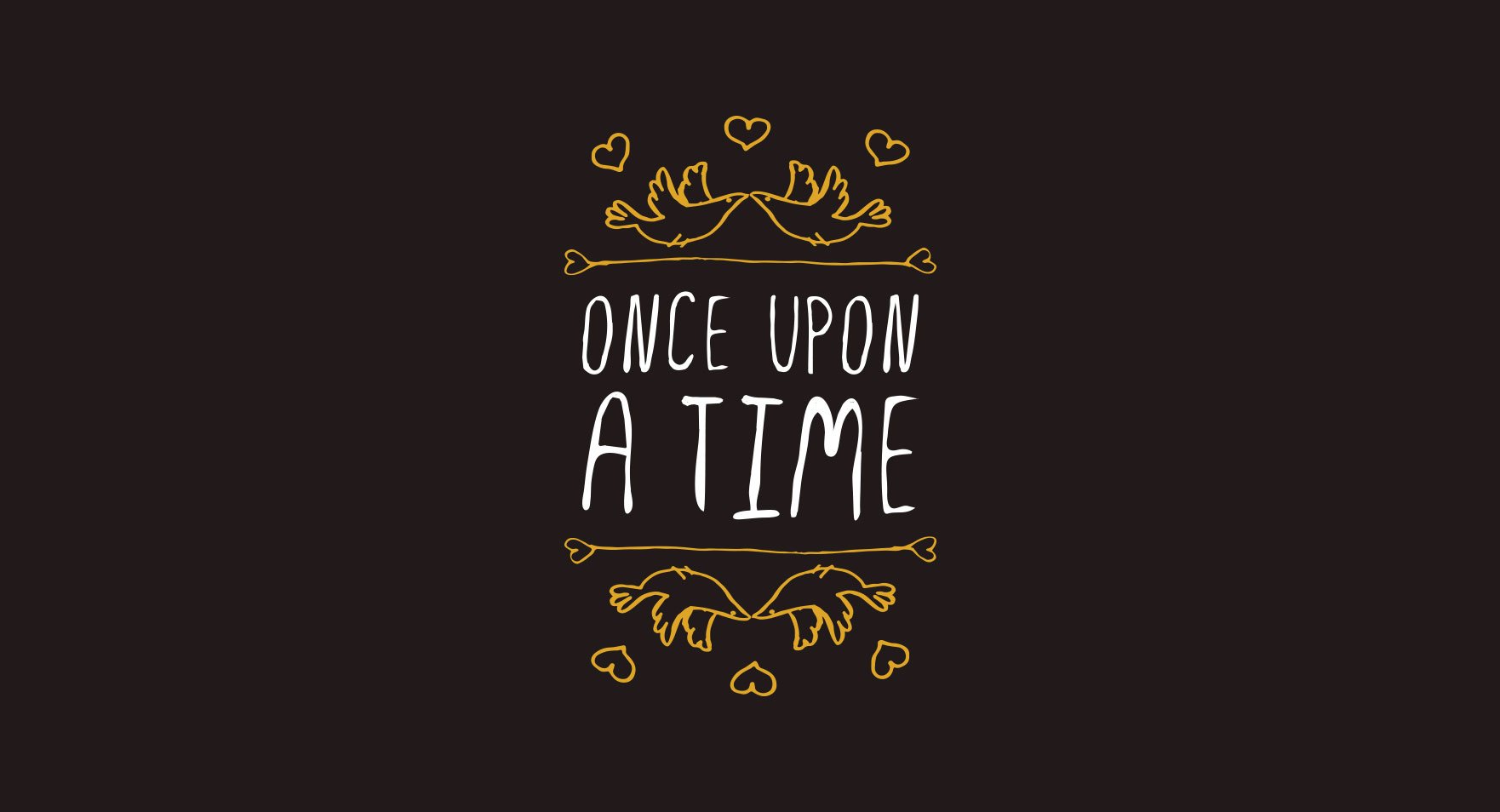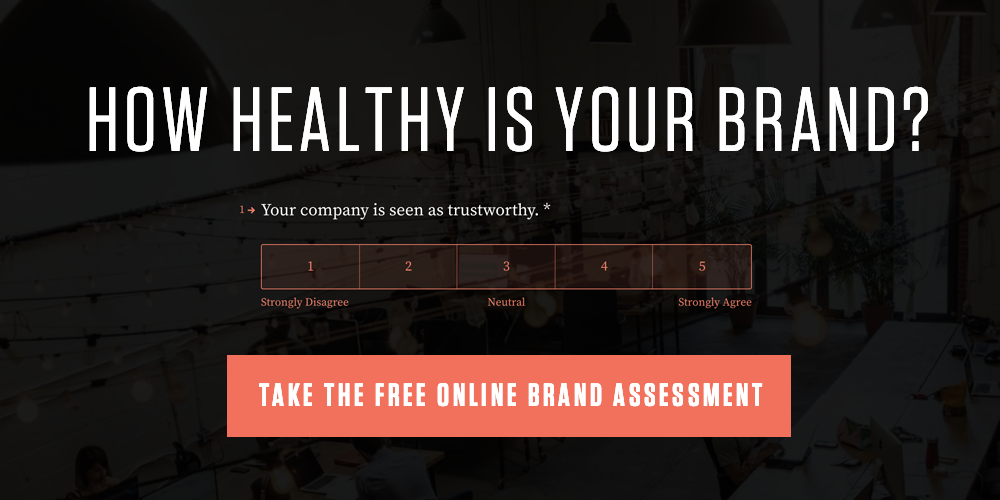Sitting at your computer, glancing at this blog while on a break from work, I imagine you aren’t overly invested in who I am and what I’m about to tell you.
Other than a title that drew you in enough to click on the page, there isn’t much to engage or invest you right off the bat. But what if I jump into a personal story about why I’m writing this article? What if I talk about a problem I’ve faced in the past, one that mirrors a problem you’re going through now, and spell out how I solved that problem and how the same method can help you solve yours? Would that be enough to invest you to keep you reading, and if you got interrupted, to even bookmark the page for later? Statistics argue that yes, it would be.
Storytelling is one of the most powerful tools that marketers can use to engage readers. Not only does reading an emotionally charged story release dopamine into the brain, but it stimulates brain activity far beyond the normal that arises from reading dry facts or explanations. Hearing a story is rewarding, memorable, and engaging for the reader, which is all of the things a company wants to be.
Hearing a story has another super power: it makes you care about the person telling the story. Because of a process called mirroring, sharing a story with someone puts you on the same page. You experience the same emotions and sensations, and for that brief time, you are connected. For a marketer looking to connect with their audience and place a memorable mark on them, is there anything better?

Chris Anderson, the curator of TED wrote, “When you combine a truthful story with a desire to use it for others’ benefit, you can give your listeners (or readers) an extraordinary gift.”
Since we know this, why isn’t every blog article a personal, emotional story? The answer is that for a story to achieve the effects listed above, it has to be well written and offer some kind of benefit for the listener.
Don't be afraid to use the word "I."
A lot of us have learned that using first person tense is inappropriate for professional writing. However, in digital marketing, these rules are changing. It is far more important to be interesting and personable than it is to maintain the traditional professional boundaries.
Use real life examples
Why are you writing about this topic? Whatever you’re writing about, search for where the inspiration came from. Think back to how you first came to learn about this topic and how it helped you in your life. Your reader wants to hear raw, real stories, and you just need to find where they are inside of you.
Show how to use the information you are offering
Your story should serve as an example to your reader. If you are trying to teach healthy eating habits, include a story that details how you prepare healthy food every day. The goal is that by contextualizing the lesson within a story, it is easier for your reader to visualize. This will help them to get the information they are looking for in an easy to digest way.
Compliment your personal story with personal images
Once you’ve got an authentic, personalized blog complete with an anecdote that attracts your reader, take a few minutes to make your own image that perfectly complements what you wrote. It doesn’t take a lot of time, will add a new level of quality to your work, and will save you from selecting a stock image that doesn’t really demonstrate the point you're trying to make.
The goal of blog posts is to solve problems, connect with readers, and humanize your brand. There is no better way to do this than with stories.
The end.
–––––
Let me guess. You run a small business and you're passionate about making it a success! You also realize that you have no idea where to start when it comes to branding or marketing that business. I've helped a lot of people just like you. Schedule a quick phone call with me and we can talk more about growing your dream.
–––––
How healthy is your brand? Take this free 20-question survey to find out.




